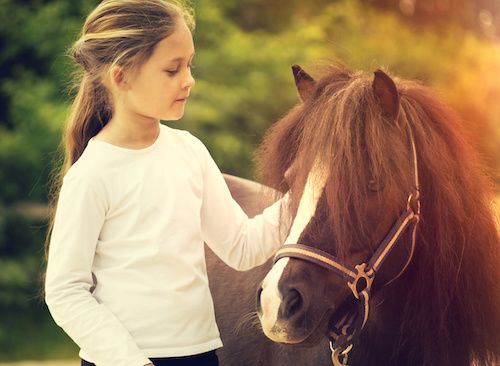The 3 Best Pet Therapies
Updated on January 20, 2020 Animal Assistance and Pet Therapy are either present in your lives as parents of children with special needs – or as article or blog post that you quickly click by! Maybe allergies are a factor, maybe cost, maybe you don’t know where to start amongst the myriad of choices – maybe you don’t even want to imagine another living thing to keep track of in your busy daily life!
Animal Assistance and Pet Therapy are either present in your lives as parents of children with special needs – or as article or blog post that you quickly click by! Maybe allergies are a factor, maybe cost, maybe you don’t know where to start amongst the myriad of choices – maybe you don’t even want to imagine another living thing to keep track of in your busy daily life!
But numerous studies and a wealth of real world testimonials tells us that animal and pet therapy can make a huge difference in the life of children with special needs, including Autism, Down’s Syndrome, and those children with behavioral, emotional or cognitive challenges.
We’re doing two blogs about this; the first will go over the different classifications of pet/animal therapy, and the second will give you tips on picking the right one for your special needs child and family!

“Animals are such agreeable friends – they ask no questions; they pass no criticisms.”
George Eliot
1. Animal assisted therapy (AAT)
AAT programs are goal-oriented as the animals are used to facilitate healing and rehabilitation. These programs are more specific then simply placing a companion animal in the home – in fact you have no worry about the care of the pet. Children visit the therapy animals, or in some cases, therapists can bring the animals to the child.
They can be used improve social, emotional and cognitive functioning, and may be useful in motivating children with special needs in the course of their therapy. Animals used in therapy may include domesticated pets, farm animals and marine mammals such as dolphins.
“Animals are reliable, many full of love, true in their affections, predictable in their actions, grateful and loyal. Difficult standards for people to live up to.”
Alfred A. Montapert
2. Assistance or Service Dog
The animal – usually a dog – is placed in the home. These dogs are highly skilled and trained to perform physical tasks to assist a person with physical or special needs – turning on lights, picking up items, alerting for sounds, for example. For children with Autism, these dogs are taught to recognize behaviors such as self-harm, disorientation or overstimulation and respond in specific ways to stop the cycle, alert a caregiver or move the child to a safe space. They can be trained to handle children with special needs who have physical disabilities, as well as seizure disorder.
They are trained and certified, and have full access under ADA law. There is not only pet maintenance expected on the family’s part, but also being trained and aware of how the animals can do their best work.
“Dogs are better than human beings because they know but do not tell.”
Emily Dickinson
3. Companion Animals
These pets are placed by an organization that has evaluated the animal to make sure they have the temperament to deal with a child with special needs, but are not trained as an assistance dog. But even a companion pet can make a world of difference in a child with Autism or special needs. Studies show that pets provide a sense of security, decrease anxiety and improve motivation, to name just a few of the benefits.
In this case, the right fit of personality between child and pet is one of the most important considerations. It may even take some test runs, to find an animal with the right temperament and behavior to match your child. Several organizations can assist with that search and the criteria. (See references below.)
In the next blog, we’ll discuss how to decide which animal therapy will work best for your child! Please share with us on the comments which pet therapy works the best with your kids.
AngelSense creates a safer world for children with special needs, with a wearable GPS tracking and listening device, a web app and smart analytics.
Get peace of mind from AngelSense, the groundbreaking AI-based assistive technology designed to enhance safety and peace of mind for individuals with special needs and their families. Our solution ensures you stay connected with your loved ones, empowering a higher level of independence while maintaining safety. Learn more about how AngelSense can make a difference for your family.

